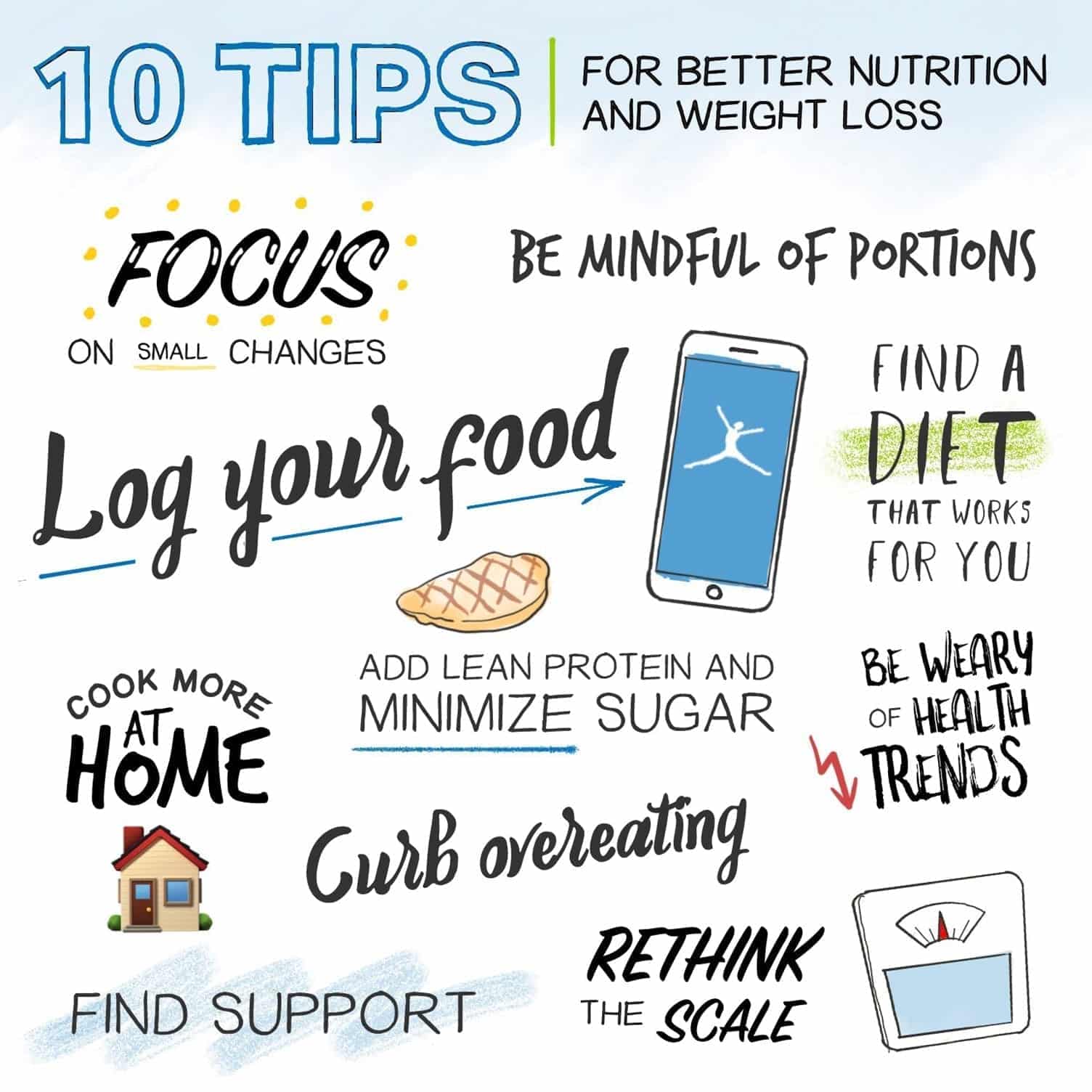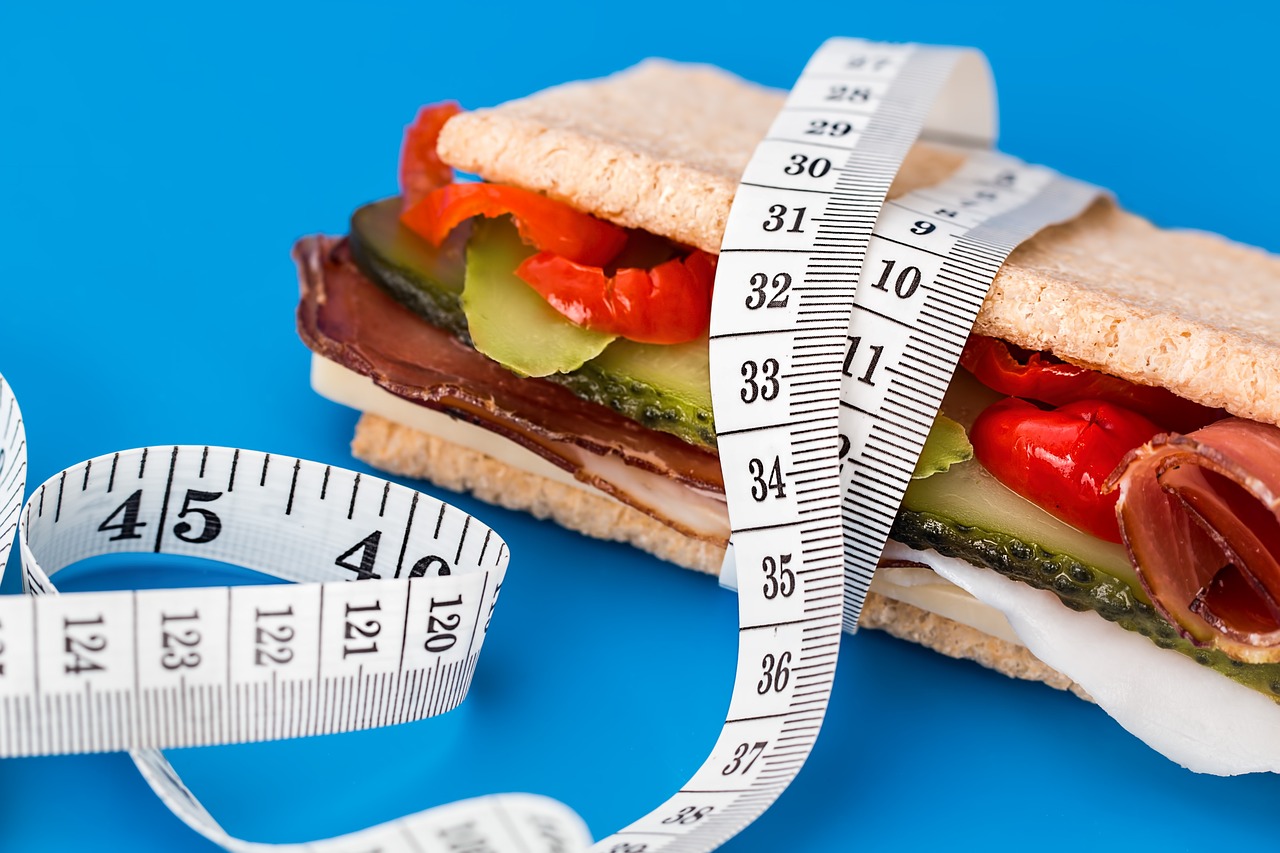Possible How-To Guide: How to Achieve a Healthy Weight Loss
Are you ready to commit to a healthier lifestyle and shed some extra pounds? Losing weight is not just about looking better, but also feeling better and reducing the risk of various health problems.
However, many diets and products promise quick fixes or miraculous results that may not be sustainable or safe.
To achieve lasting and healthy weight loss, you need to make gradual and realistic changes in your eating patterns, physical activity, and stress management. Here are some proven strategies for success:
Step 1: Assess Your Readiness and Motivation
Before embarking on any weight loss plan, ask yourself some critical questions to evaluate your willingness and ability to make the necessary changes. For example:
Are you too busy or stressed to prioritize your health?
Do you rely on food for emotional comfort or coping?
Are you open to learning new ways to handle stress or emotions?
Do you have a supportive environment or people who can encourage and empower you?
Do you have realistic goals and expectations?
Do you have the time and resources to commit to a healthier lifestyle?
By honestly assessing your readiness, you can identify potential obstacles and ways to overcome them.

Step 2: Set and Track Realistic Goals
Aim for a gradual and steady reduction of 1 to 2 pounds per week to lose weight safely and effectively. This usually requires burning 500 to 1000 more calories than you consume each day through a combination of a healthy diet and regular physical activity.
Don’t focus on the final outcome of losing a specific amount of weight, but also on changing your habits and mindset.
Set both process goals, such as eating more vegetables or walking daily, and outcome goals, such as losing a certain amount of weight or fitting into a smaller size.
Keep track of your progress with a journal, an app, or regular measurements, and celebrate your achievements along the way.
Step 3: Adopt a Balanced and Nutritious Diet
A healthy, sustainable weight-loss diet should not be restrictive, boring, or tasteless. Instead, it should provide a balance of macronutrients (carbohydrates, proteins, and fats) and micronutrients (vitamins and minerals) that fuel your body and satisfy your hunger.
Aim to eat a variety of whole and natural foods, such as fruits, vegetables, whole grains, lean proteins, and healthy fats. Avoid or limit processed and high-calorie foods and beverages, such as sugary drinks, fast food, snacks, and desserts.
Practice mindful eating by paying attention to your hunger and fullness signals, eating slowly, and savoring the flavors and textures of your food. Avoid distractions, such as screens or work, while you eat.
Step 4: Increase and Diversify Your Physical Activity
While you can lose weight without exercise, physical activity can boost your metabolism, preserve muscle mass, improve your mood and energy levels, and enhance your overall health.
Find activities that you enjoy, and that fit your lifestyle and preferences, such as walking, biking, swimming, dancing, or strength training.
Mix up your routine to challenge your body, avoid boredom, and gradually increase the duration and intensity of your workouts. Consider incorporating more incidental or non-exercise physical activity into your daily routine, such as taking the stairs, walking to work, or doing house chores.
Use technology or apps to track your activity and motivate yourself.
Step 5: Manage Your Stress and Emotions
Stress, anxiety, depression, or boredom can all affect your eating habits, cravings, and motivation to stay on track.
Therefore, finding healthy and effective ways to cope with or reduce your stress levels is essential. Some strategies that can help include practicing relaxation techniques, such as deep breathing or meditation, engaging in creative or enjoyable activities, such as hobbies or socializing, seeking support from friends, family, or professionals, such as counseling or therapy, and staying positive and realistic about your progress and setbacks.
Rather than beating yourself up for mistakes or slip-ups, learn from them and move on.
Step 6: Get Enough Sleep and Hydration
Sleep and water are two essential but often overlooked components of weight loss and overall health. Aim to get at least 7-8 hours of sleep per night, as lack of sleep can disrupt your hormones, appetite, and mood, and make it harder to resist temptations and cravings.
Try to establish a relaxing bedtime routine and avoid screens or caffeine before sleep. Additionally, make sure to drink enough water throughout the day, as dehydration can confuse thirst with hunger, lower your energy levels, and impair your exercise performance and recovery.
Aim for at least 8 cups of water per day, and adjust that amount based on your activity level, climate, and health conditions.
By following these six strategies, you can achieve a healthy weight loss that helps you look and feel better and improves your overall wellness and quality of life. Remember to be patient, persistent, and kind to yourself throughout your journey, and seek medical advice if you have any health concerns or conditions. Good luck!
